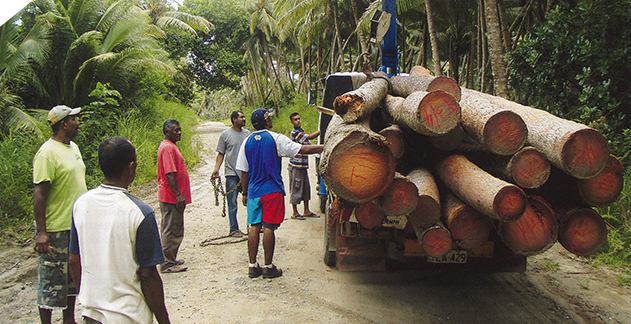More than 4 million hectares of the Indo-Gangetic Plain of north-western India is farmed as a rice–wheat cropping system. The rice-growing season is timed to benefit from monsoon rains, due to concerns of over-extracting groundwater. The wheat crop is planted almost immediately after the rice crop has been harvested. This system creates a short period (about 10 to 20 days) to harvest rice, manage rice crop residue and plant wheat.
Many of the 2.5 million farmers in north-western India will burn rice crop residue in preparation for wheat planting, as do rice growers the world over. Burning the residue to remove many tonnes per hectare of plant stalks and leaf material remaining after harvest has been considered the only practical option available, despite growing concern about the smoke and pollutants created by burning residue. Annually, more than 60,000 deaths in India are attributed to the pollution from agricultural burning.
In the 1990s and early 2000s, agricultural engineer Mr John Blackwell, now Professor Blackwell, was based at the Griffith laboratory of CSIRO Land and Water, in the heart of Australia’s rice-growing region. He was well aware of the issue in his hometown as well as hearing about the problem from fellow scientists working with rice growers in India.
Mr Blackwell also understood the constraints of the cropping systems in both countries. Farmers were faced with very heavy residues from the rice crop, 6–8 t/ha in India and up to 14 t/ha in Australia. Rice straw contains high levels of silica and does not break down or decompose quickly. Consequently, direct drill implements that were developed as part of the evolution of conservation farming practices could not effectively sow seed into rice residue.
In the early 2000s ACIAR Research Program Manager for Land and Water Resources and South Asia Program Adviser, Dr Tony Fischer, asked Mr Blackwell to think about how you could sow wheat into heavy rice stubbles. Mr Blackwell’s first response was that it was impossible, but that night a Eureka moment resulted in the application for two provisional patents. Both were tractor-drawn implements that cut and lifted the straw and deposited it as a mulch behind the direct drill tynes.
The prototype built by Mr Blackwell, together with technician Armanath at Punjab Agricultural University, worked amazingly well and it successfully sowed through 10 t/ha of rice straw. Mr Blackwell named this machine the ‘Happy Seeder’. However, there was room for improvement, and ACIAR funded CSIRO and Punjab Agricultural University to further develop the idea.
Public-sector researchers, especially Dr Harminder Singh from Punjab Agricultural University, and private-sector developers in India continued to refine the implement.
Professor Blackwell particularly credits Dasmesh Mechanical Works, in Punjab, for the innovation that culminated in the development of the Turbo Happy Seeder, which uses a rotor to cut and brush away the rice straw, clearing the way for the machine’s sowing tyne.
Almost two decades later, science, development and environment organisations continue to identify the Happy Seeder as the best prospect to provide an alternative to burning crop stubble in India.
In a paper published in the International Journal of Agricultural Sustainability in 2021, scientists from organisations including CIMMYT, the National Agricultural Science Centre (India), the Borlaug Institute of South Asia and The Nature Conservancy reported the benefits of the Happy Seeder for farmers. Leaving crop residue as surface mulch helps reduce the evaporation of soil moisture, suppresses weed growth, buffers soil temperature and facilitates a more efficient uptake of water and nutrients by plant roots. Labour requirements for establishing the wheat crop are reduced by as much as 80%, irrigation requirements are reduced by 20–25% and herbicide use reduced by up to 50%. The authors concluded that the benefits of the Happy Seeder for farmers and for society warrants policy support for its wider adoption, along with stronger enforcement on bans on stubble burning.
The Happy Seeder was given strong endorsement in a 2021 article by the global organisation, The Nature Conservancy. Dr Annapurna Vancheswaran, Managing Director of Nature Conservancy programs in India, is quoted, ‘We aim to come up with protocols that ensure a win-win for environment and farmers. Presently, the Happy Seeder is the most scalable solution which singly resolves the twin challenges of addressing air pollution and improving soil health.’



